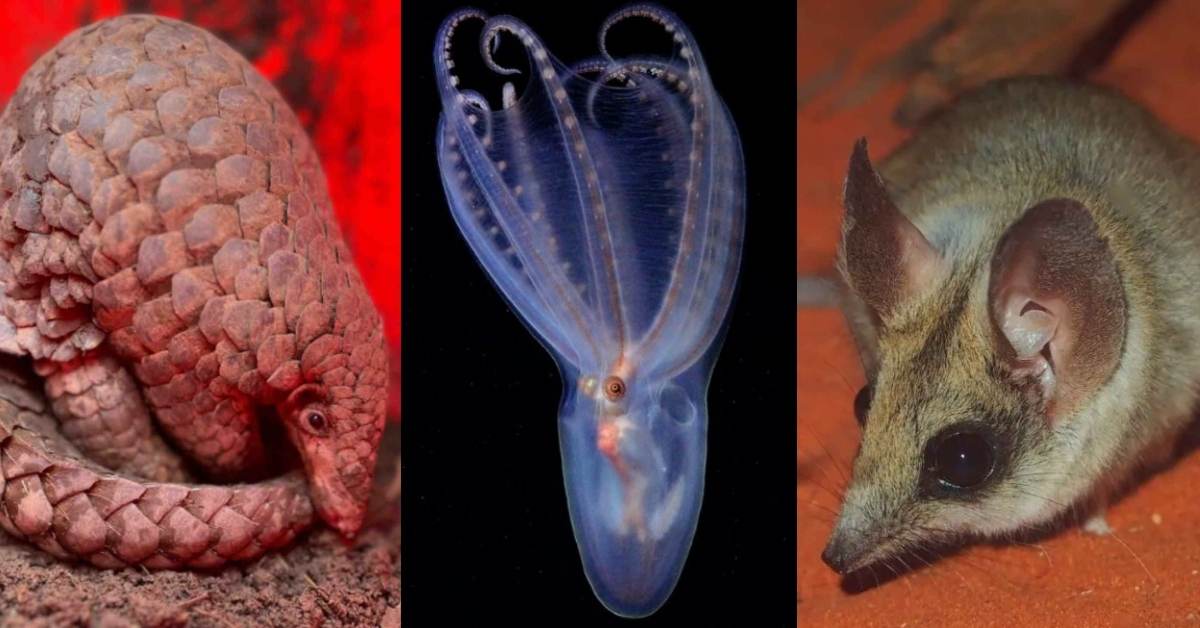First, the orcas were sinking boats. Then, they reportedly started doing skincare routines with kelp. Now, they’re trying to share their lunch with humans.
Orca whales — often referred to as “killer whales” for their penchant for hunting other marine mammals like them — are fascinating creatures. They are hailed as the ocean’s apex predator, and their brains come in second place to modern-day humans in terms of their size in relation to their body.
This suggests — and has proved — an ability to engage in advanced communication, and if beloved Shamu is any indication, orcas are skilled in cognitive and social intelligence.

Among their own whale circles, they have long shared their prey with one another, but in a new study, recorded over the course of the last two decades, wild orcas were spotted trying to share their food with human beings.
These wild whales, on 34 occasions, across four oceans, were documented approaching humans on their own, dropping a fresh kill in front of the people, and waiting for a response.
“You are left with a feeling of disbelief in the moment, did that just happen?” Jared Towers, executive director of research nonprofit Bay Cetology, told The Seattle Times, after he was presented with a limp harbor seal pup off the coast of Vancouver Island.
“I just froze, you don’t naturally want to reach out and grab something if a killer whale just left it in front of you,” he added. “Maybe if you had a few moments to think about it, you’d think ‘Maybe I should accept this, or give it back,’ but in the moment, it was going on before you realize what is happening, they retrieved the item and swam away.”
Researchers, including Towers, recently published their observations in the “Journal of Comparative Psychology,” featuring a few theories as to why this behavior kept popping up in their orca studies.
“Orcas often share food with each other — it’s a prosocial activity and a way that they build relationships with each other,” Towers said in a statement. “That they also share with humans may show their interest in relating to us, as well.”

Of the 34 instances of orcas attempting to share their prey, 11 took place with people in the water, 21 on boats, and two cases in which people were on shore and were approached by the whales. Some were captured on video and photographs, while others were simply described to the researchers.
“Orca are very social and we frequently see them food-sharing,” another author of the study, Ingrid Visser, of New Zealand’s Orca Research Trust, told The Seattle Times. “To document and describe behavior of them attempting to food-share with humans in various places around the globe is fascinating.”
Across the occurrences, orcas of every age tried to share their prey, which ranged from sea otters, seals, and gray whales, to green turtles, rays, and jellyfish. Sometimes, they even served up seaweed.
In all but one case, the orcas waited to see what happened after they made the offering, suggesting that their methods come from a place of pure curiosity.
In seven cases, the whales tried more than once to offer the food after being initially rejected. Towers even likened it to a game of fetch, throwing the prey back into the water and the whale retrieving it and bringing it back.
“It gives you a lot to think about, it feels special, you spend a lot of time trying to understand these animals, and they don’t give up their secrets easily,” Towers added to The Seattle Times. “So when they actually stop and pay attention to you, it is a bit of a shock.”

Unlike domesticated animals like dogs and cats, who have been documented offering food to humans, this research includes some of the first detailed descriptions of the behavior occurring in non-domesticated animals.
“Offering items to humans could simultaneously include opportunities for killer whales to practice learned cultural behavior, explore or play and in so doing learn about, manipulate or develop relationships with us,” the researchers wrote.
“Giving the advanced cognitive abilities and social, cooperative nature of this species, we assume that any or all these explanations for, and outcomes of such behavior are possible.”
Vanessa Prigollini, another researcher on the study, from the Marine Education Association in La Paz, Mexico, said that the food-sharing behavior was “indicating their interest in building relationships outside of their own species.”
In the abstract of the research, the authors suggest that these cases may represent “interspecific generalized altruism,” marking them, perhaps, among the first accounts of “any wild predator intentionally using prey … to directly explore human behavior.”
Ultimately, they conclude, this new observation “may highlight the evolutionary convergence of intellect between highest order primates and dolphins.”
Still, the researchers caution, even if humans (those “highest order primates” they speak of) are approached by orcas in the wild, it’s best to keep your distance as best you can, as not to cause harm to either species.
Header image by Vidar Nordli-Mathisen on Unsplash



